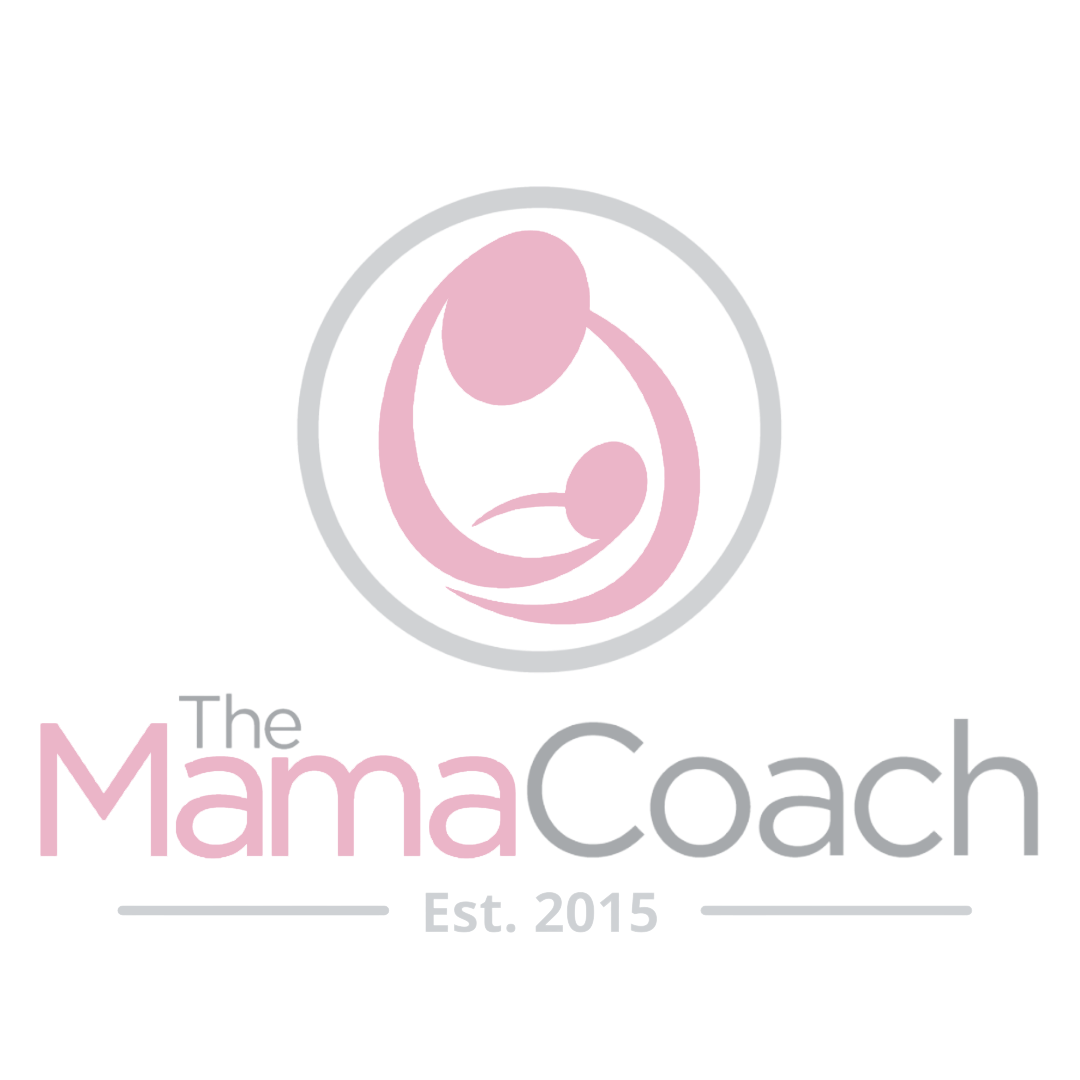As both a lactation consultant and a sleep consultant scheduling is an important piece to the puzzle in helping with overall sleep for your little ones! I find that families are always wondering how best to incorporate feedings into a schedule or a routine and there are so many different options/schedules on the internet it can often feel like we are doing something “wrong”.
I am here to tell you that there isn’t ONE perfect way, it’s about finding the routine that works for you, your child and supply (if breastfeeding). Some families find things work best if they are following a time based schedule while others find the ease of a routine works much better so lets explore some of those different options together!
These routines can be applied to both breast/chest, bottle and combo feeding!

- The E.A.S.Y Method
- Eat, Activity, Sleep, You time
- You would follow this pattern throughout the day consistently. Helpful as it develops a routine for baby and for the parent which can sometimes be really useful when initially trying to develop some groove to you day!
- The downside can be that as wake windows lengthen you may find that it is a long stretch without eating and you baby is waking up mid nap hungry
- A Time Based Method
- Feeding your baby based on the clock depending on the last feeding so this could be feeding every 2,3,4 hours age appropriate and caloric need appropriate to that specific baby.
- Average Lengths between feeds by age (but don’t forget it is OKAY if your baby feeds more!!)
- 0 -2 Months – 1 – 3 Hours
- 2 – 4 Months – 2 – 3 hours
- 4 – 6 Months – 3 hours
- 6 – 9 Months – 3 – 4 Hours + solids
- 9 – 12 Months – 4 hours
- The positive for lots of families is knowing when the next feeding will be and it can be helpful if you are bottle feeding anc calculating amounts. It can be tricky if feeding and nap time coincide!
- Clock based method
- Feeding at the same times daily, slightly different then the above method where this would be based on a clock
- The Example would be; 7am, 10am, 1pm, 4pm, 7pm (+ potential night feeds at 10/1/4 – depending on the baby and age)
- Naturally out bodies do like routine for sleep and feeding and some people find this works really well for their babies. The hard part is that this can be restrictive and certain temperaments of babies will find it hard to wait for milk at a specific time
- Feed on Demand
- Whenever your baby cues we feed!
- Helpful for increasing supply if breastfeeding as baby gets lots of time at the breast. Can feel challenging if unsure of your babies cues!
- M.A.M.A.S method
- Milk, Activity time, Milk or Meal (depending on age), Activity, Sleep – Repeat for all wake windows
- This is helpful when babies have longer awake windows as well as when you start to introduce solids. I know that baby is getting two feedings per wake window. Helps to fill belly before nap time, lots of feeds in the day to have a high intake of calories and lots of breast stimulation for supply!
- For some families this feels like they are feeding lots during the day!

How Much is Enough Milk for my Baby!?
Now that you have found a schedule that works for your baby, you may be wondering, how MUCH is enough!? I get this question all the time and just like all humans we do have different needs and requirements to keep us healthy, growing and thriving. I have seen babies at all ends of the spectrum in terms of number of breastfeeding sessions and number of ounces. So instead of getting fixated on this you may want to look at YOUR baby:

- Active feeding and Swallowing Sounds: When your baby is breastfeeding, you should hear them swallow milk. Swallowing sounds indicate that they are actively feeding and getting milk. We should see the same with the bottle, your baby is in control of the intake through paced bottle feeding and actively sucking and swallowing.
- Satiety Signs: After a feeding, your baby should appear content and satisfied. They may appear relaxed, have open hands, and pull of the breast or the bottle. If your baby seems fussy and continues to root or suck after feeding, they may still be hungry but they also may be tired, its okay to try and soothe in other ways but if they are not settled you can try offering the breast or bottle again
- Breast changes: As your baby feeds, you may feel like your breast is softening throughout the feeding session. It’s important to remember that a breast is never truly “empty” your body can always initiate more production but you may feel softer or less full after a good feeding.
- Alertness: A well-fed baby will be alert and responsive when awake. They will engage with their surroundings and make eye contact, play and reach milestones.
- Weight Gain: A baby who is getting enough milk will steadily gain weight over time on their OWN curve.
- Wet Diapers: A well-hydrated baby will have at least six to eight wet diapers a day. This indicates that they are getting enough fluids.
- Dirty Diapers: this can range from baby to baby and so you want to ensure that your baby is on their own regular routine for bowl movements.
There are local resources through Health Link Files – These can be a great resource for information that is evidence based (as opposed to going down the google rabbit hole!) – Check it out HERE
If you are ever concerned about your child’s intake please reach out for support. I am here as a Lactation Consultant to help and you can schedule a visit with your pediatrician, family doctor or NP!




